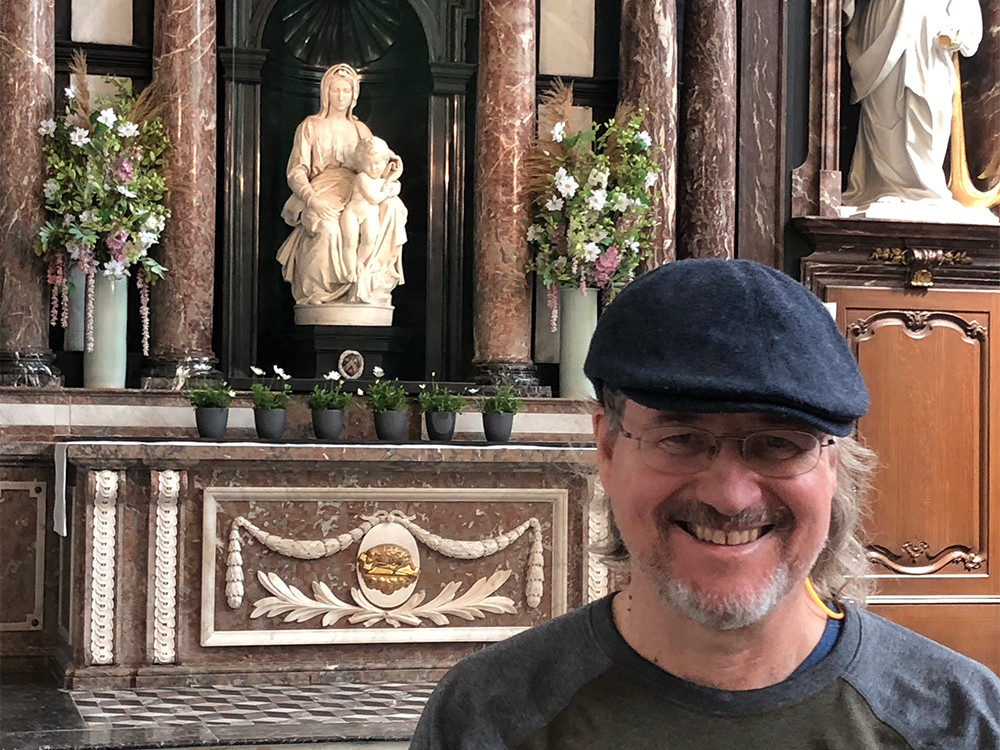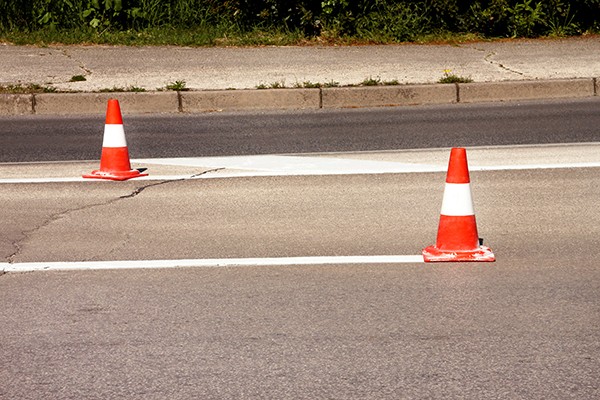At work, the therapist often shares a psychoeducational handout that describes ways to cope with anxiety. The recommended tools of deep breathing and meditation can be helpful, and yet she doubts they are adequate in the present situation. Even classic cognitive restructuring — scaling back worst-case-scenario thinking — seems to her duplicitous. She wants to conjure exercises that banish all anxiety, particularly worries around Trump’s threats of mass deportation. But she isn’t that good.
Undocumented immigrants living in the United States have been in this spot before, and so has the therapist, who worked in this small office eight years ago, when Trump first set up residence in the White House. She has waited for this fear to resurface as a concern for those who visit the family medicine clinic to treat diabetes or high blood pressure and then stop in to discuss their life stressors. Soon after the 2024 presidential election, a patient brought up Trump’s aggressive threats. “I don’t belong anywhere in this country,” she said sadly. Some patients report difficulty controlling worrying, trouble relaxing, and feeling as if something catastrophic might happen.
Trained to maintain confidentiality, the therapist nevertheless believed back in 2017 that it was important to move outside the bubble of therapy and raise awareness of the toxic impact Trump’s immigration policies had on mental health. During Trump’s first term, she wrote an article for Memphis Parent magazine introducing Karla’s story. An article reflecting similar concerns could be written today. “Sixteen-year-old Karla plans a special Mother’s Day celebration. The high school junior will serve breakfast in bed to her mom, honoring her mother’s presence in her life. Throughout the day, she’ll try to push aside the anxiety she has experienced the past few months. ‘I try to cherish every moment.’ Inevitably, though, she will read a news report or social media post outlining President Donald Trump’s immigration policies. Karla is a U.S. citizen, and her parents are undocumented immigrants from Mexico. ‘I worry that one day my parents may not come back to my house,’ she said. ‘My 9-year-old sister looks at the news and worries when someone knocks on the door.’”
When at school, the distracted girls found it difficult to concentrate on academics. In many ways, Karla’s parents were typical — they worked hard, paid taxes, and built strong relationships in the community. The children looked forward to attending college.
Another source for the article was Mauricio Calvo, the director of Latino Memphis, who said, “Children are hearing the conversation at the dinner table, ‘What happens if I don’t come back today?’ For a community where family is everything, the fear of separation touches us at our core. People fear that any interaction with the government will result in deportation — applying for food stamps for their U.S. citizen families, or going to any court, not just immigration court. Some skip doctors’ appointments, and fear of deportation may prevent crime victims from filing police reports. Even if nothing happens, anxiety makes people sick.”
He noted that at one elementary school, parents from four families approached a teacher, pleading with her to take custody of their children in the event of their deportation.
That year, local artist Yancy Villa shared her perspective with the Barrier Free installation displayed in pop-ups around the country. In silhouettes portraying a father carrying a child and a caregiver pushing a wheelchair, the artist left void spaces representing missing persons. Her project built on the controversial idea of Trump’s proposed wall along the U.S.-Mexico border. Instead of concrete, the installation consisted of portraits of local families and individuals representing Memphis’ diverse tapestry. “Everyone is an essential part of our community, and separating us, physically, emotionally, or in any other form, makes our community incomplete,” she said.
It is now early 2025 just after the festive holiday season. In some areas of Mexico and the United States, children recently celebrated Epiphany, commonly known as Three Kings Day or El Día de Los Tres Reyes, by leaving out shoes filled with hay for the kings’ camels. It is a happy and joyful time. Weeks later, the 60th presidential inauguration ceremony took place, ushering in a period with many unknowns. It is vital for undocumented immigrants to know their rights, and the Latino Memphis website describes those rights and how to apply them.
The therapist is not fluent in Spanish, the “heart language” of many patients, and relies on medical interpreters to facilitate conversations about the ways of the heart and mind. Still, the pain comes through loud and clear, and Mauricio Calvo’s words from eight years ago return to the therapist. “Even if nothing happens, anxiety makes people sick.”
Stephanie Painter is a behavioral health consultant and freelance writer.



 Zoran Milisavljevic | Dreamstime.com
Zoran Milisavljevic | Dreamstime.com